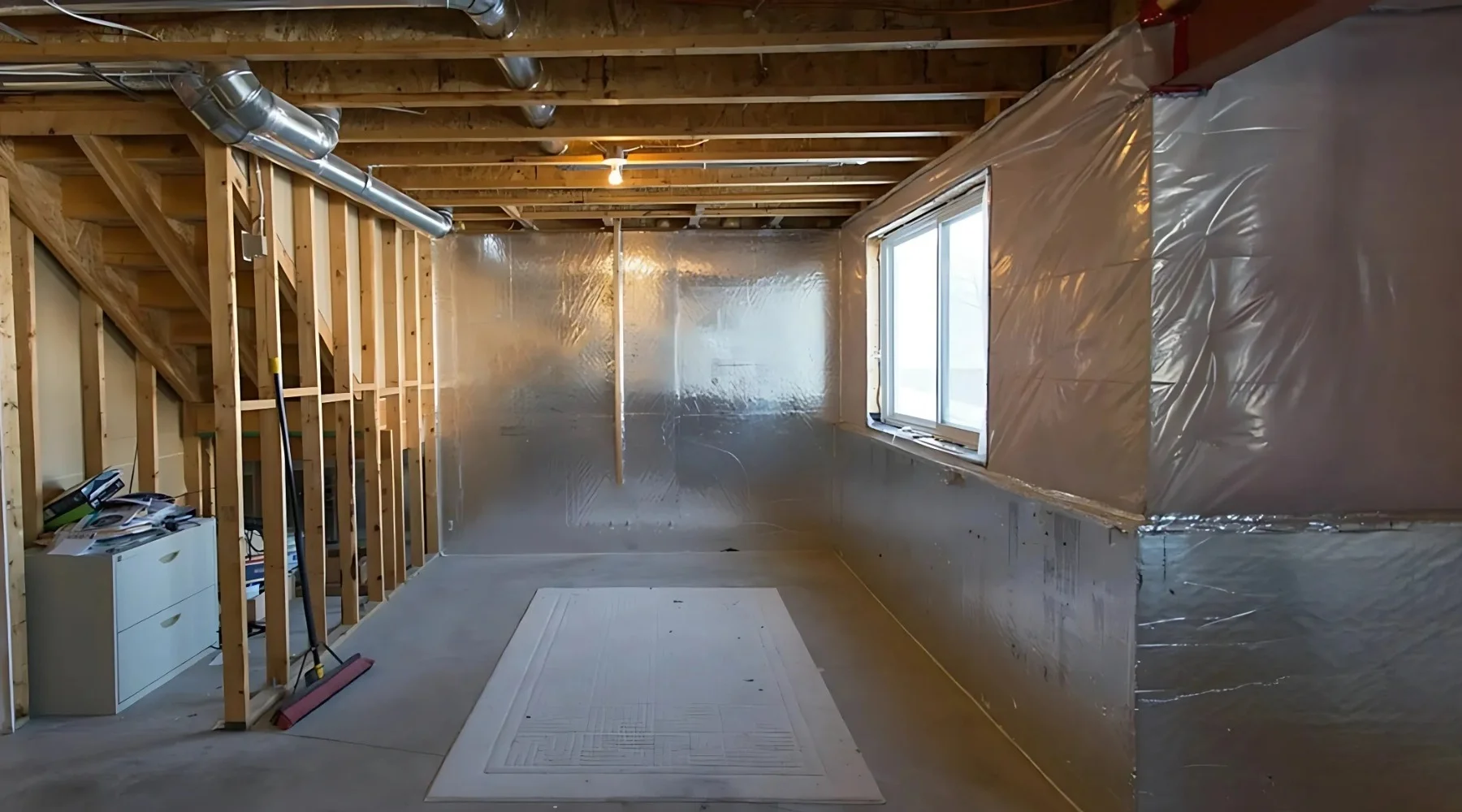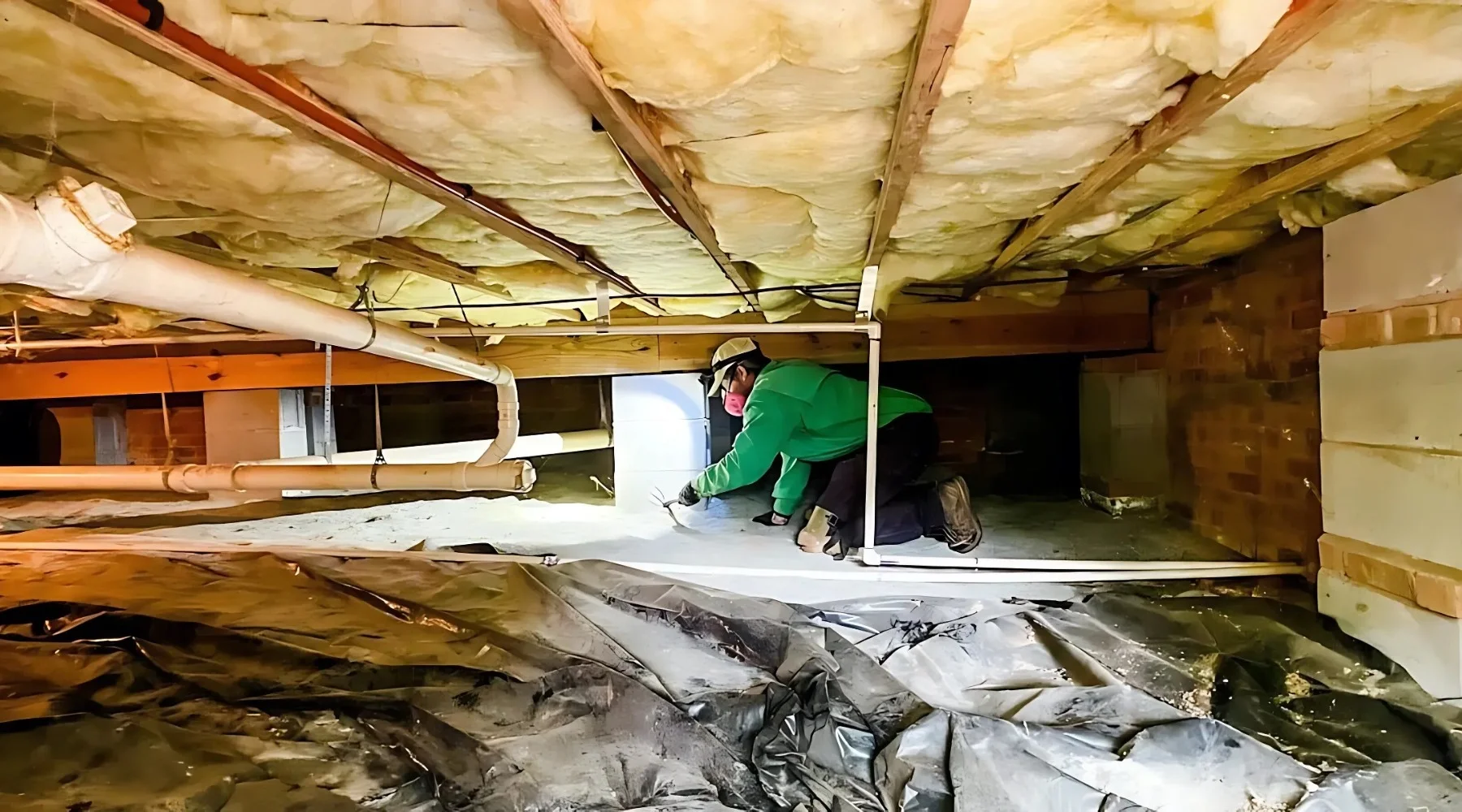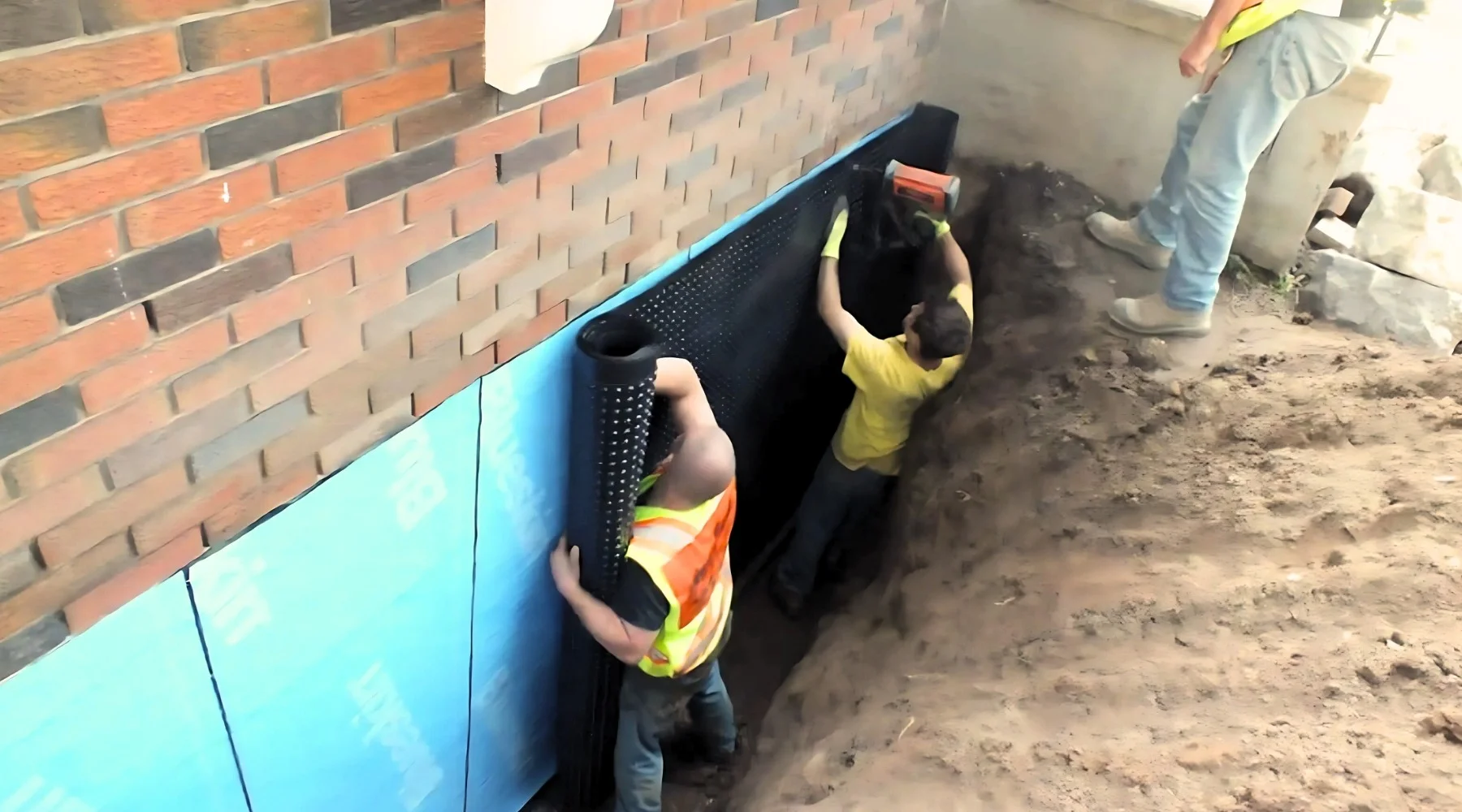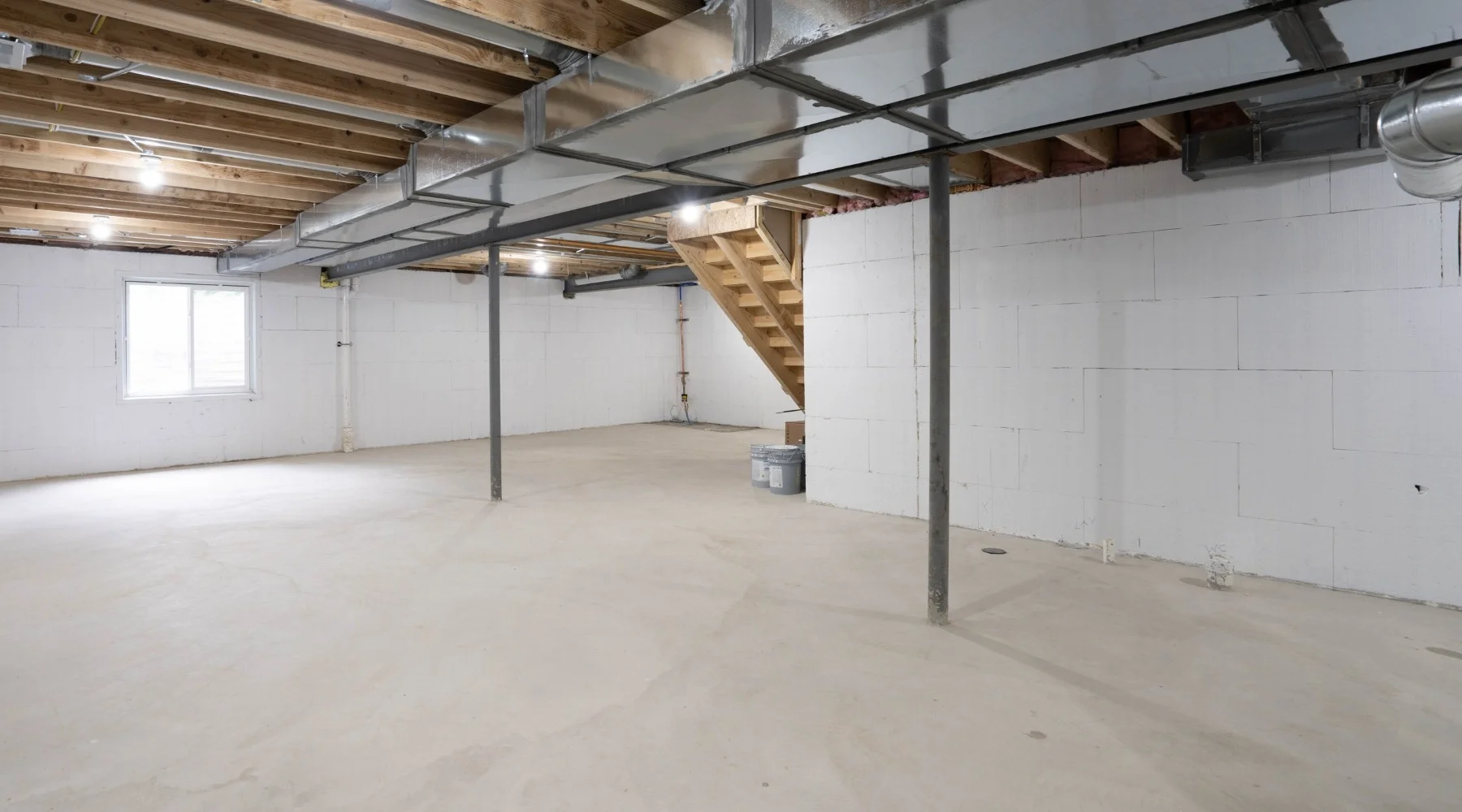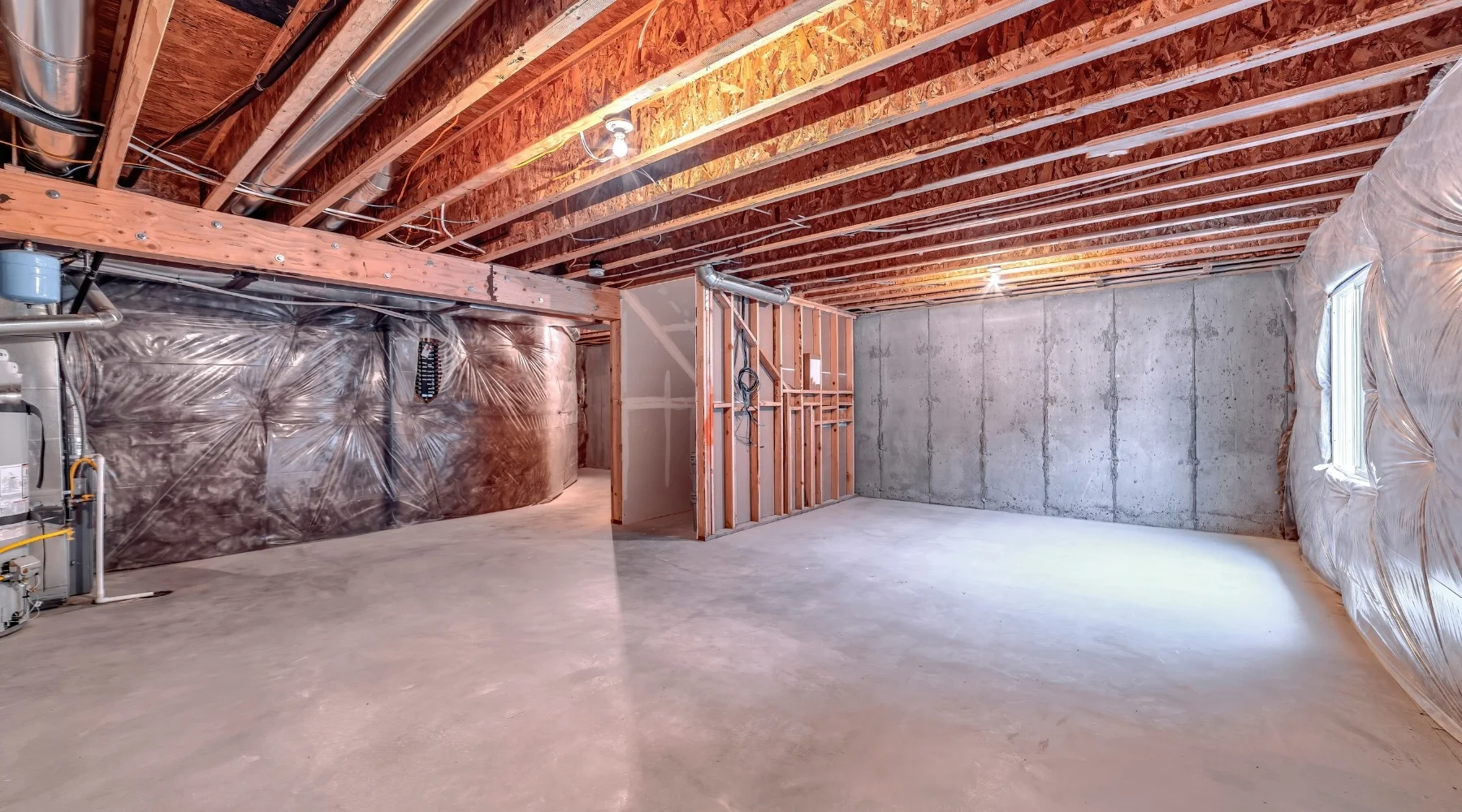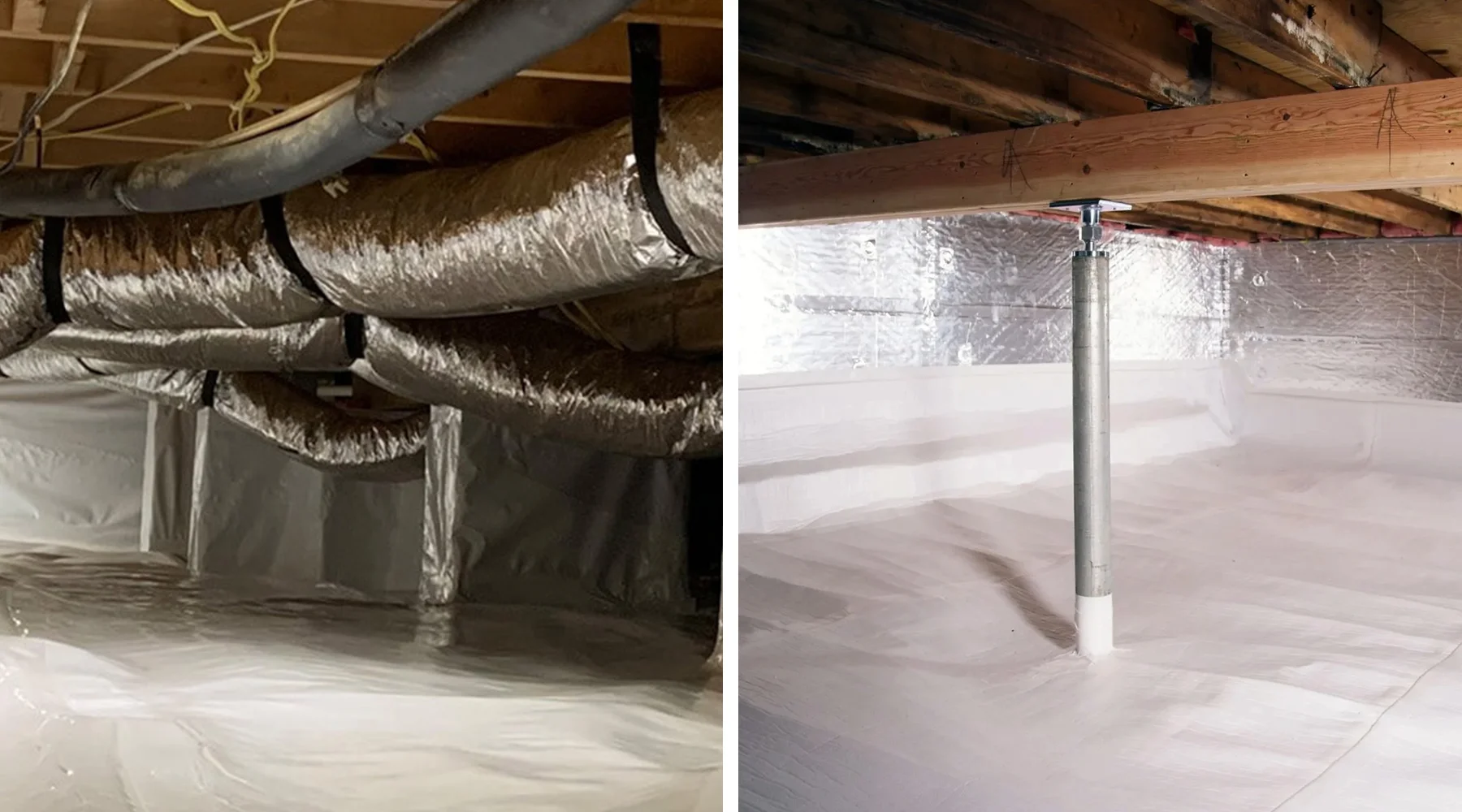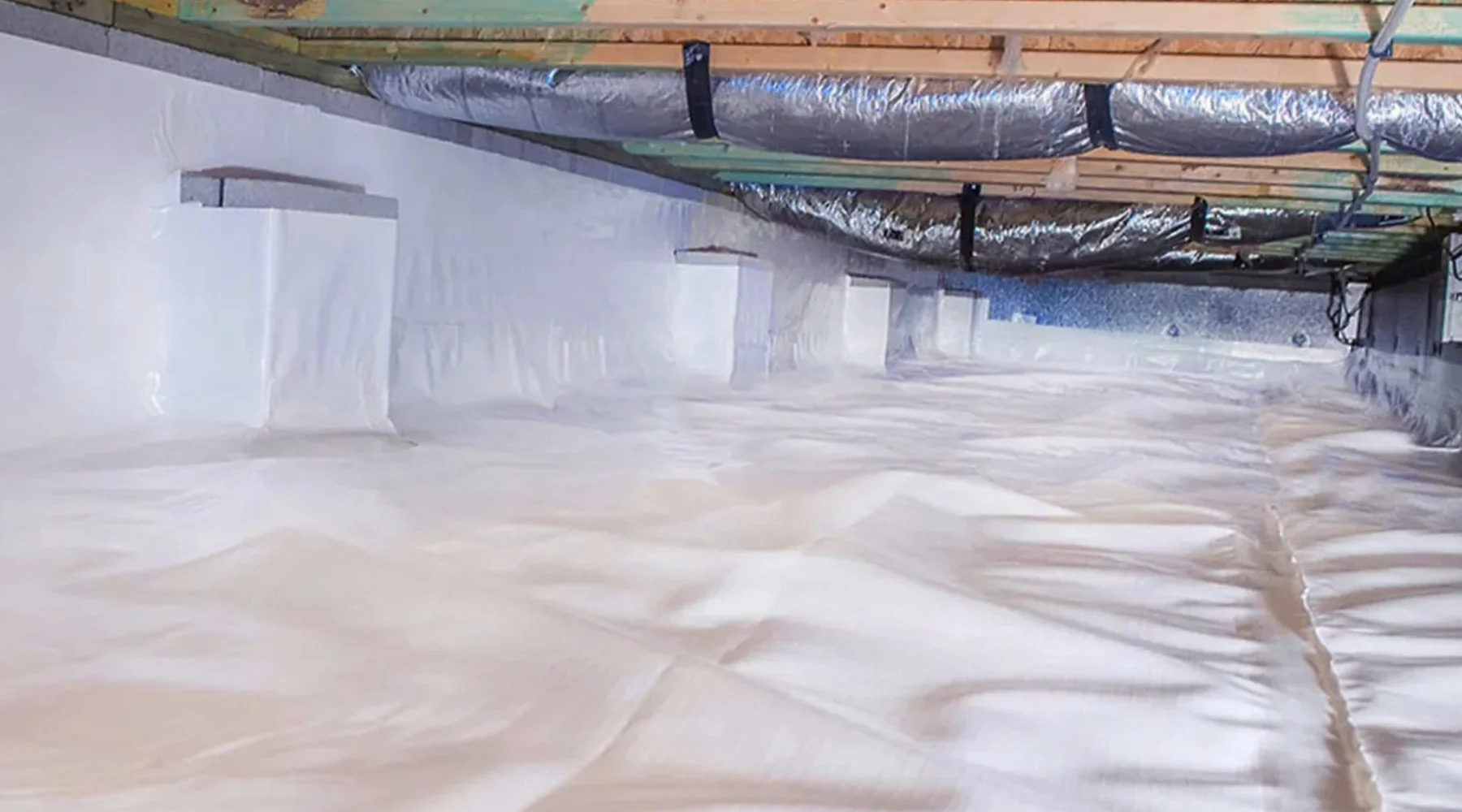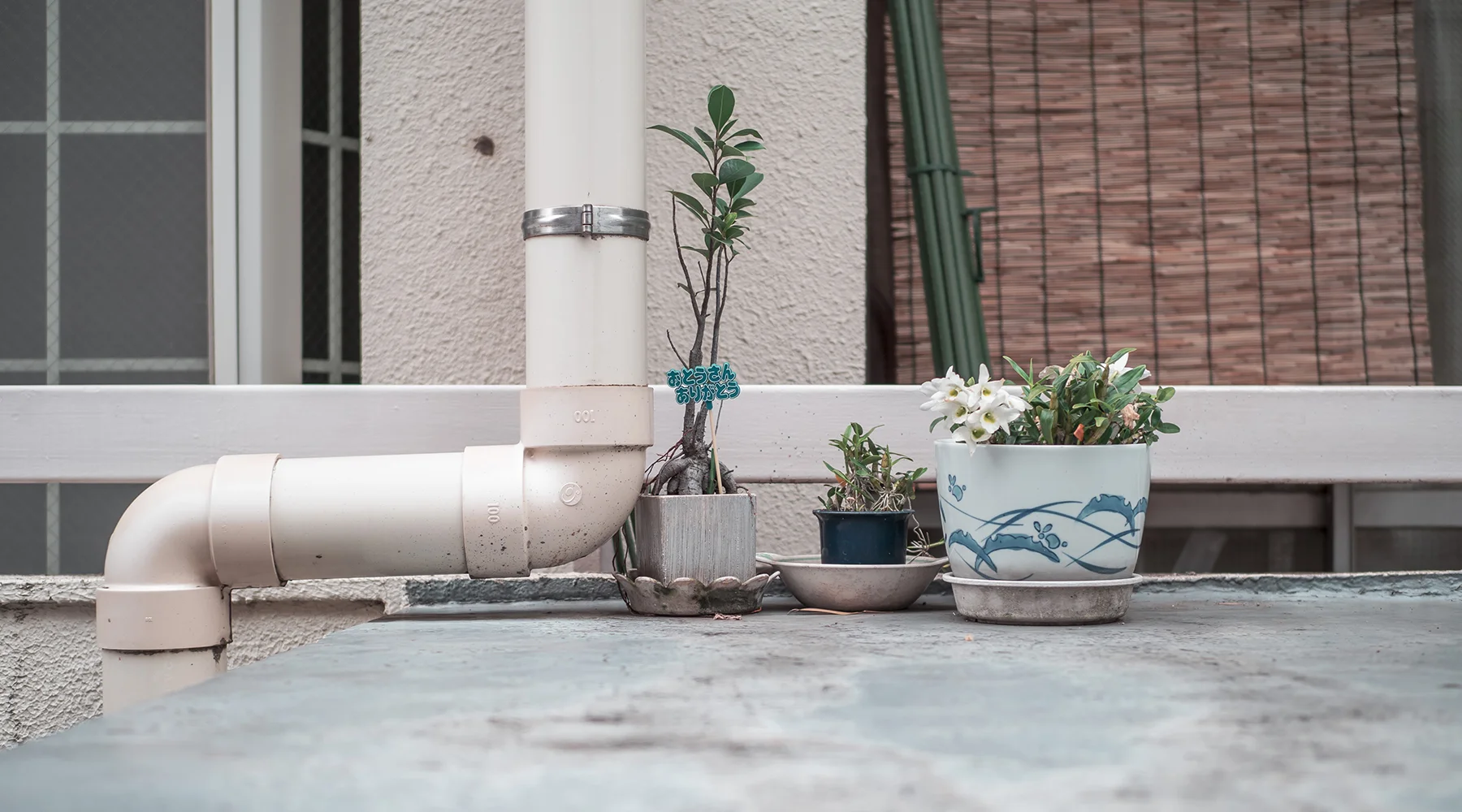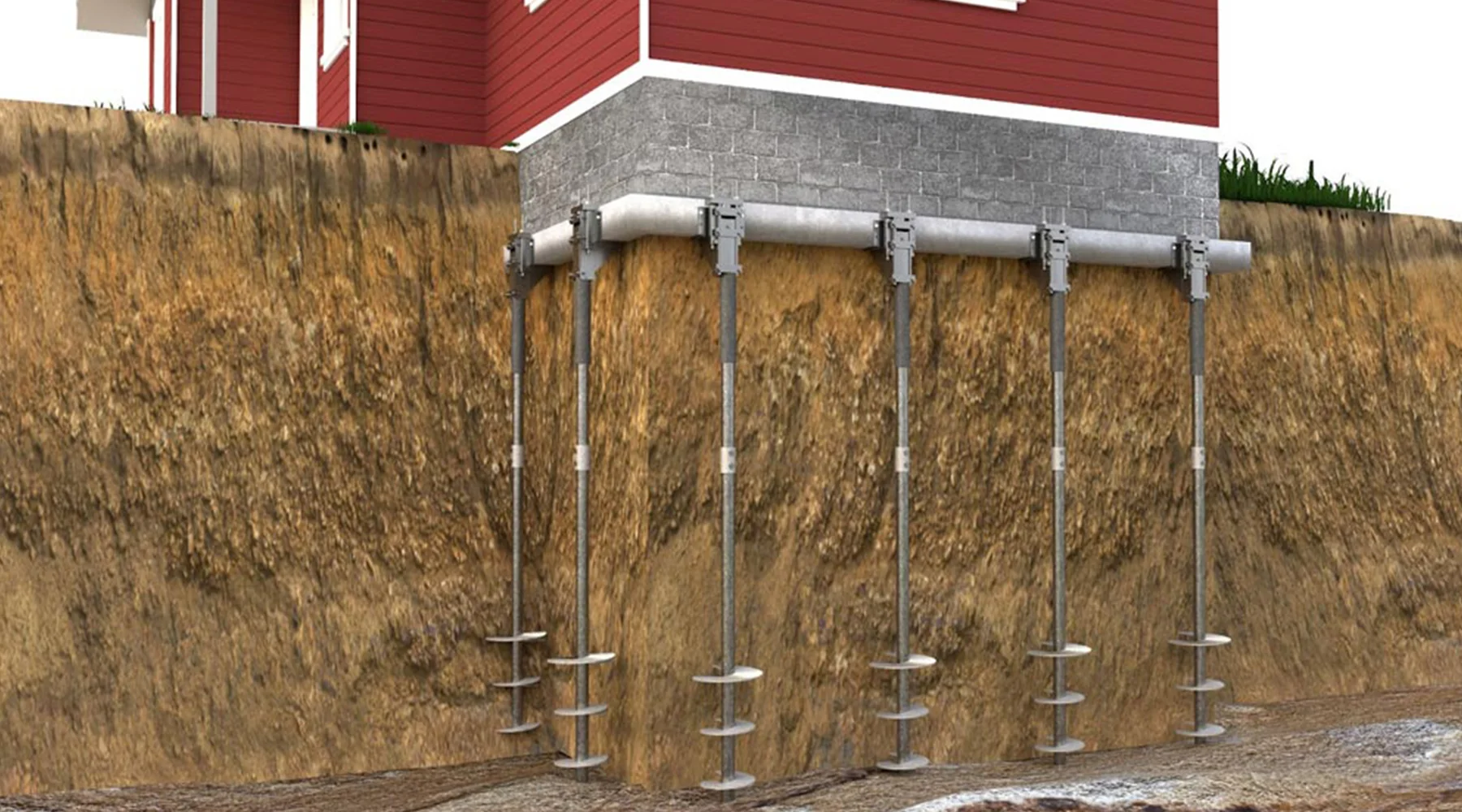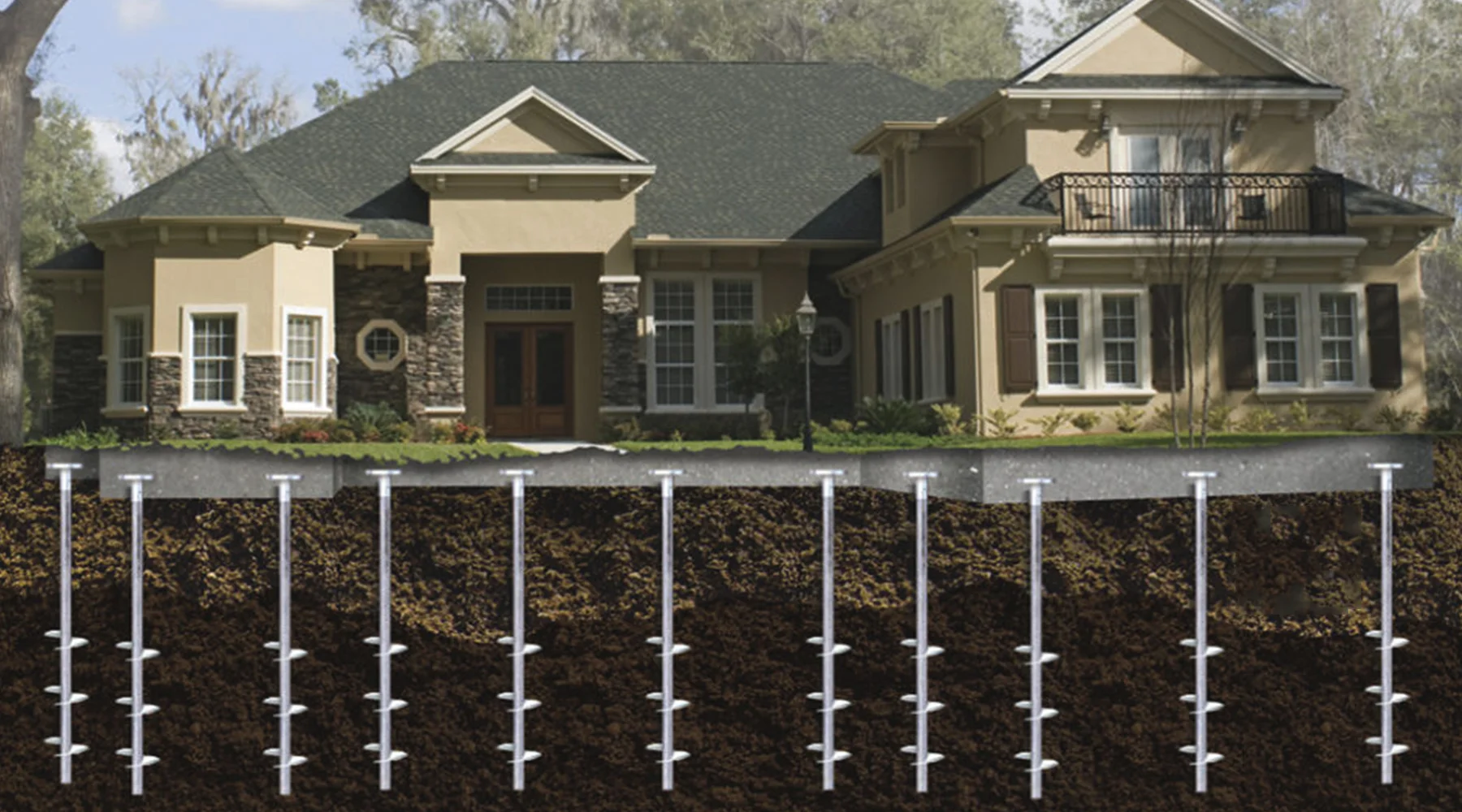How To Maintain A Dry Basement Waterproofing: Preventative Tips For Homeowners
Maintenance of your basement is vital for a healthy home, especially when it comes to preventing moisture buildup and potential damage. By employing effective basement...
Protect Your Investment | Don’t Wait for Damage! | Easy Financing Options Available | Get Your Free Waterproofing Estimate
Tristate Also Accepts:
Protect Your Investment
Don’t Wait for Damage!
Easy Financing Options Available
Get Your Free Waterproofing Estimate
Tristate Also Accepts:
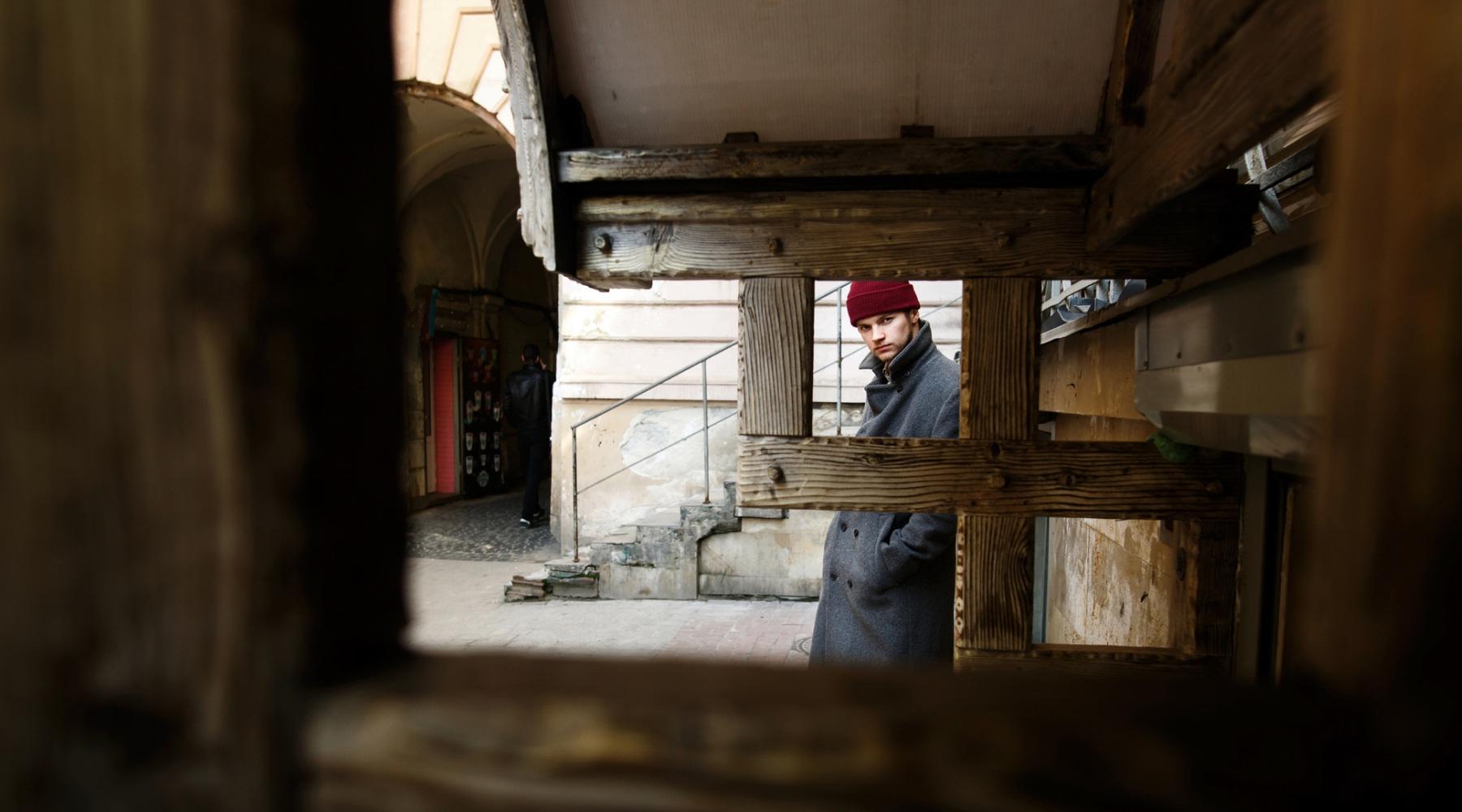
Most homeowners rarely think about their crawl space, yet it plays a major role in their home’s comfort, safety, and long-term structural health. The good news is yes—you can renovate a crawl space, and in many cases, crawl space renovation is one of the most effective ways to protect your ...
